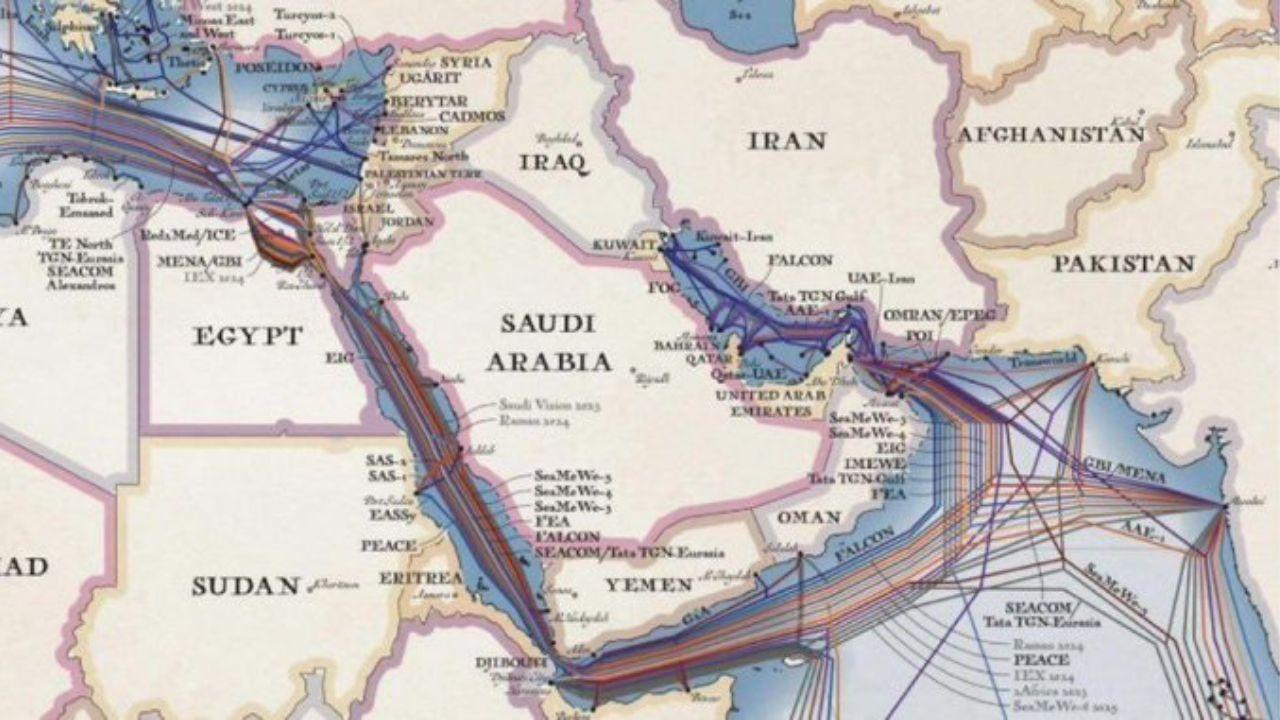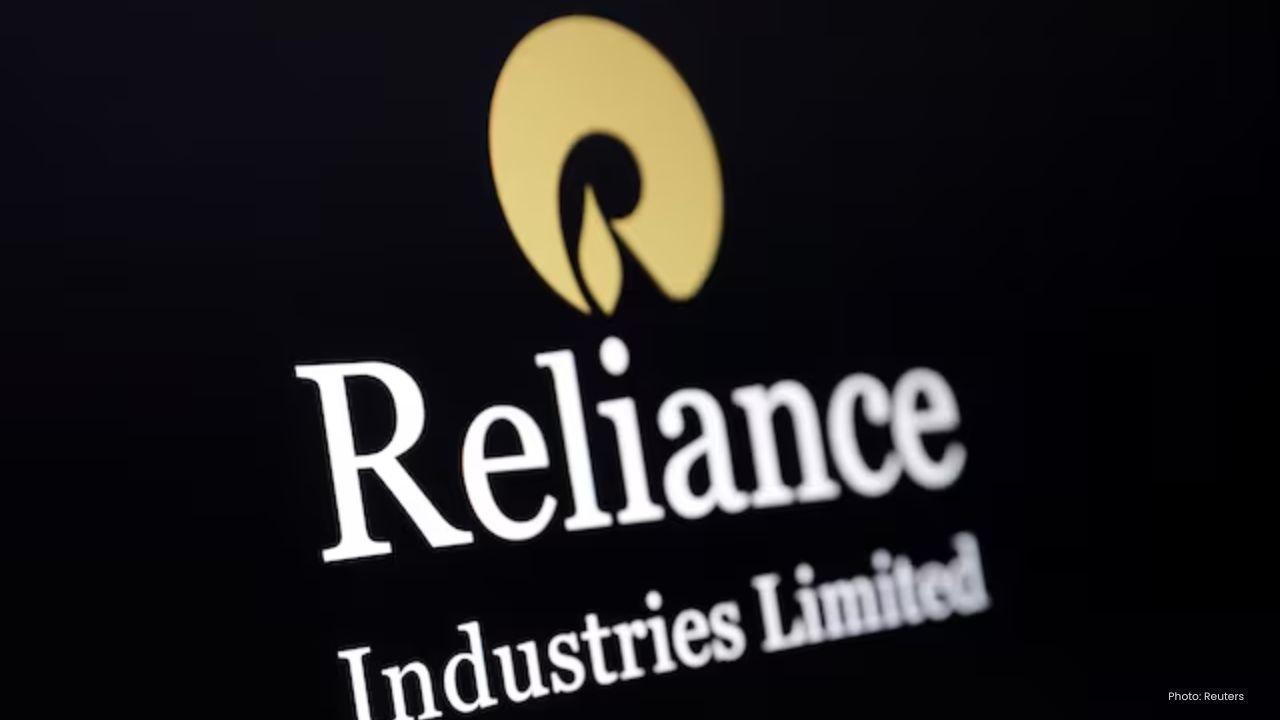
Post by : Abhinav Rana
Photo : X / ARIKA🇮🇳🚩
A Digital Crisis Sails In
When internet services lagged across parts of the Middle East, South Asia, and Africa, the culprit looked less like a cyberattack—and more like a commercial ship. Experts now say shipping activity in the Red Sea severed critical submarine cables, setting off a widespread internet outage that exposed the fragility of global digital arteries.
Anchor Drag Sparks Global Disruption
The Red Sea’s narrow Bab el-Mandeb Strait is a choke point for dozens of undersea cables. Experts believe a ship dropped its anchor and dragged it across vital lines—the Asia-Europe SEA-ME-WE-4, IMEWE, FALCON GCX, and Europe-India Gateway systems—resulting in ruptures. While no country is completely offline, traffic disruptions ripple across continents, slowing access and cloud services for millions.
From Jeddah’s Depths to Digital Delays
The reported damage point lies near Jeddah, where these submarine cables lie especially shallow. The disruption has spiked latency in services reliant on these links—Canada’s Microsoft Azure warned of noticeable slowdowns, especially for users in India, Pakistan, and Gulf countries. Though cloud infrastructure rerouted traffic, the internet now feels like water trickling through narrower pipes.
Backbone Vulnerabilities Laid Bare
Subsea cables carry some 95% of global internet traffic, making them the unsung backbone of modern connectivity. The Red Sea outage reminds us how easily a single accident—or worse—can disrupt e-commerce, financial transactions, and emergency systems. It turns out our digital world rests on fragile threads beneath the ocean.
Cloud Delays Shake Regional Operations
Users of Microsoft’s Azure platform, as well as other cloud services, experienced intermittent delays. Rerouting measures held foundational functionality—but with increased latency. For enterprises and daily users alike, tasks like video conferencing, large file transfers, and real-time collaboration turned sluggish. The ripple effect was immediate.
Telecoms Test Their Resilience
Regional carriers like UAE’s Du and Etisalat, and Pakistan’s PTCL, scrambled to manage traffic flow. With some providers struggling to fill the lost capacity, slowdowns during peak hours became common. Customers noticed interruptions, and telecom engineers mobilized to patch alternative links—keeping services alive but far from seamless.
Maritime Mishaps and Infrastructure Risk
Anchor damage isn’t a rare occurrence—around 30% of cable issues stem from ship activity. But along strategically vital corridors like the Red Sea, the stakes skyrocket. Ships anchoring in shallow waters risk tangling fiber optics that link continents. The incident underscores a growing need for navigational safeguards and infrastructure awareness around seafaring routes.
Cloud Giants Dodge Full Collapse
Despite the disruption, global cloud providers averted catastrophe. Cloud platforms rerouted traffic through alternate corridors—at higher latency, but with continuity. Still, enterprise clients were reminded how dependent they are on seamless routing, and how easily that can fracture.
Past Outages Cast Long Shadows
This isn’t the first time Red Sea cables have faltered. Earlier incidents—like cuts to the AAE-1 or PEACE cables tied to Houthi activity or anchor drag—have disrupted traffic before. Each outage adds to the realization that digital resilience hinges on both redundancy and responsive repair capabilities.
Repair Efforts Face Delays and Logistics
Undersea cable repair isn’t as simple as patching a pipe. Special vessels must locate breaks, surface cables, splice them precisely, and protect the area—all while geopolitical tensions flare and seas churn. Repairs can stretch for days or even weeks, depending on weather and access, leaving users to weather the digital storm.
Security Concerns Shadow the Seabed
Amid conflicts involving Yemen’s Houthi rebels, cable security has become a pressing concern. While no group has claimed this incident, past warnings from Yemen’s government about potential attacks on digital infrastructure have amplified unease. Whether accidental or intentional, the result remains the same: a fragile digital lifeline severed.
The Human Toll of Slowed Connectivity
For businesses, students, and media professionals alike, the outage mattered. Trading apps lagged, educational platforms stuttered, and remote work paused mid-call. Banking delays and disrupted supply chain systems served as stark reminders that connectivity isn’t a luxury—it’s a lifeline.
Rethinking Digital Infrastructure Resilience
The outage spotlights the urgent need for strategic redundancy. Cable networks must diversify routes, governments should monitor shipping zones more vigilantly, and cloud providers must expand recovery paths. Digital resilience requires planning for worst-case scenarios—infrastructure that can self-heal, route around failures, and keep economies and lives moving.
Outage as Wake-Up Call and Opportunity
This incident may become both a warning and a pivot. It calls on policymakers, telecom leaders, and tech giants to treat digital infrastructure like critical national assets. It’s also an opportunity to invest in smarter mapping, accident prevention, and regional digital cooperation—so that a ship’s anchor doesn’t again sever global connectivity.
No Cable Too Deep to Break Us
The Red Sea internet outage isn’t just about cables—it’s about connected lives. A drag of an anchor leaves millions slowed down, cloud services strained, and entire regions reminded how delicate digital systems can be. But it also empowers us to build smarter, stronger networks. Because in today’s world, a submerged cable can remind us how high the stakes truly are—one cut, one delay, one world disconnected—but also one shared responsibility to stay connected.










Curry Powers Warriors to Nail-Biting 109-108 Victory Against Spurs
Stephen Curry's 49 points propel the Warriors to a dramatic 109-108 NBA Cup triumph over the Spurs,

India Advances to Semi-Finals After Thrashing USA in Women’s Blind T20 World Cup
India secured a dominant ten-wicket victory over the USA, advancing to the semi-finals in the Women’

South Africa's Early Advantage as India Struggles on Day Two
On Day Two, India reached 138-4 as South Africa took three early wickets, complicating matters with

Kenta Nishimoto Defeats Lakshya Sen in Japan Masters Semifinal
Lakshya Sen's journey in the Japan Masters ends after losing to Kenta Nishimoto 19-21, 21-14, 12-21

Kenta Nishimoto Defeats Lakshya Sen in Japan Masters Semifinals
Lakshya Sen's run at the Japan Masters concludes with a loss to Kenta Nishimoto in the semifinals, 1

Major IPL Trade: Jadeja Joins Royals as CSK Signs Samson
In a significant IPL trade, CSK has acquired Sanju Samson from Rajasthan Royals in exchange for Ravi